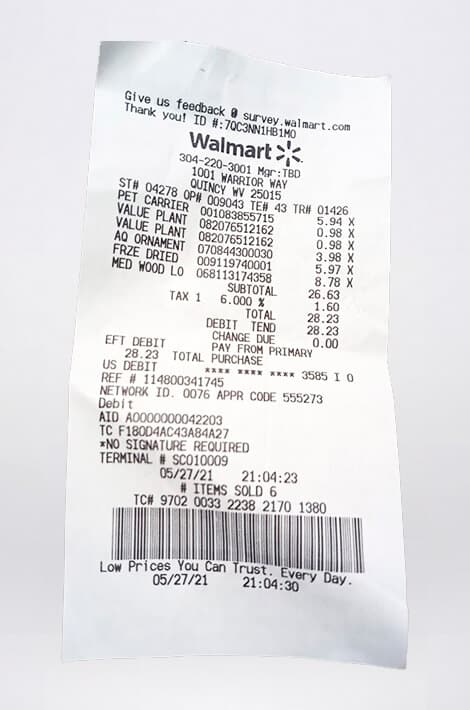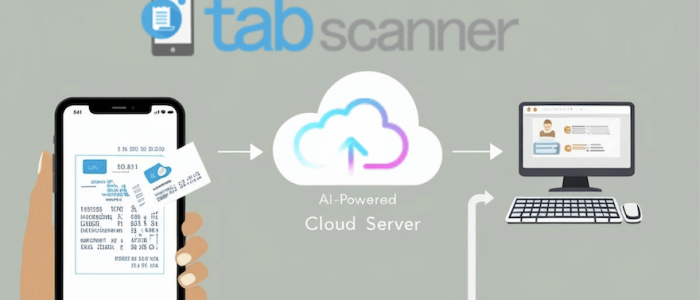Last Updated on January 9, 2025
At one time or another, all of us have sunk our hands into our pockets to find plenty of old paper receipts, carefully looked through each before either tossing or saving them. This is routine, a record of the purchases we’ve made. But have you ever looked at your fingers afterwards and noticed an ink or carbon residue resting on the surface?
Contrary to popular belief, paper receipts aren’t without health concerns. Manufactured using thermal paper, coated with either Bisphenol A (BPA) or Bisphenol S (BPS), these chemicals are absorbed through our skin and are known as endocrine disruptors, and contribute to a wealth of healthcare concerns as varied as obesity to attention disorders, and, more worryingly the deterioration of our reproduction systems.
BPA and BPS Exposure in Greater Detail
Bisphenol A is banned from use in baby bottles and children’s sippy cups. Some manufacturers have even banned BPA from being used in the manufacturing process of their water bottles and food containers.
Repeated handling of paper receipts increases your exposure to BPA – something that if exposed to in significant quantities can have long-term ramifications on your health. So, it stands to reason that minimising exposure by using OCR receipt scanning technology is beneficial to your health.
Now, it’s important to not be alarmist. In truth, only those that have persistent exposure to BPA daily may suffer health detriments, but there is still a risk. If you work in accounts or as a waiter, for example, you may find your hands consistently coated at the end of the day, but it’s not time to hit the panic button just yet.
How Much BPA is in Receipts?
Recent studies of restaurants and retailers have found that individual thermal receipts can contain a mass BPA that is 250 to 1,000 greater than in a can of food.
A study in Minnesota, USA, tested samples of the thermal receipt paper and discovered that 50% of them contained BPA levels that ranged from 54-79 milligrams per square centimetre of paper. The remaining 50% contained BPS levels that ranged from 37-75 milligrams per square centimetre.
With sufficient quantity to cause a noteworthy investigation, it seems only logical that restricting access to paper receipts by employing bill OCR, using an advanced mobile receipt scanning API, may just help to aid the health of employees tasked with handling vast quantities of receipts.
Are there Better Receipt Options?
Yes. OCR receipt scanning technology limits one’s contact with paper receipts. Essential to efficient financial management both personally and professionally, an OCR receipt API captures the data a receipt holds meticulously before saving the data online. And, best of all, you just need a mobile app, and least physical contact with the receipt itself.
Phenol-free receipt papers are available, but they are hardly commonplace. Replacing BPA or BPS with either ascorbic acid (featured on the USA’s EPA Safer Chemical Ingredients List) or Pergafast, a urea-based chemical. Both papers have a reduced likelihood of having any adverse effects on human endocrine systems and reproductive health.
However, given the recently discovered health concerns and the rise in OCR bill scanning technology, e-receipts and even email receipts for specific goods and services, it’s safe to say that the days of paper thermal receipts are numbered.
So, are you putting your health at risk by not using a OCR receipt scanning app? Well, yes. The risk may not be as hazardous as more prominent health hazards, but thermal paper receipts do present a risk to our health.





